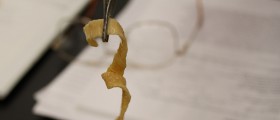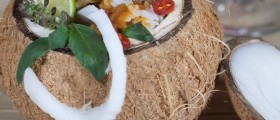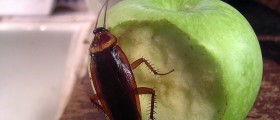
Guinea worm (Dracunculus medinensis) is definitely one of the largest, if not the largest tissue parasite that affects humans. It can grow up to 3 feet in length. Larvae of the parasite are found in stagnant pools, shallow ponds and exposed wells. The infection occurs after a person has come in any kind of contact with contaminated water. Since the parasite does not affect animal but can only live in humans proper eradication of this very parasitic infection is possible.
Infestation with Guinea is typical in dry and tropical areas. Today it is not so frequent in Asia as it used to be. Some cases are still reported in rural areas of Rajasthan in India. However, it is principally found in many African countries. The infection is not fatal. On the other hand , it is very painful and the affected parts of the body are swollen and covered with blistered and open sores. In severe forms of infection there is a chance for permanent scarring.
Guinea Worm Infection - The Onset of Infection
The larvae of the parasite enter the human body after exposure to contaminated water and they reside and start to grow inside the intestine. They stay in the intestine for approximately a year. What follows is mating of the worms, male worms die while female worms move out of the intestine and migrate to various parts of the body (they predominantly migrate towards the surface of the body where they are able to perforate the skin and come out). Prior emerging of the parasite the affected skin develops a blister. It takes around 2 months for a worm to merge. During that period of time a patient faces intensive pain and discomfort. Once the blister rupture the person may immerse the painful part of the body into water, a natural habitat for Guinea worms and the female worms that have emerged from the skin now may release larvae, contaminate the water and allow infection to spread further.
Diagnosing and Treating Guinea Worm Infection
The infestation with Guinea worm is easily diagnosed once the worms start to come out from the skin. Before this stage of the disease a person may complain about nausea, vomiting, diarrhea and high fever.
Unfortunately, there is no cure for Guinea infestation. It is possible for the worm to be removed surgically. Still, the most common way of getting rid of the worm is wrapping of the worm around a piece of stick until the whole parasite comes out. This way the parasite is not killed or accidentally perforated which may cause additional complications.

















Your thoughts on this
Loading...